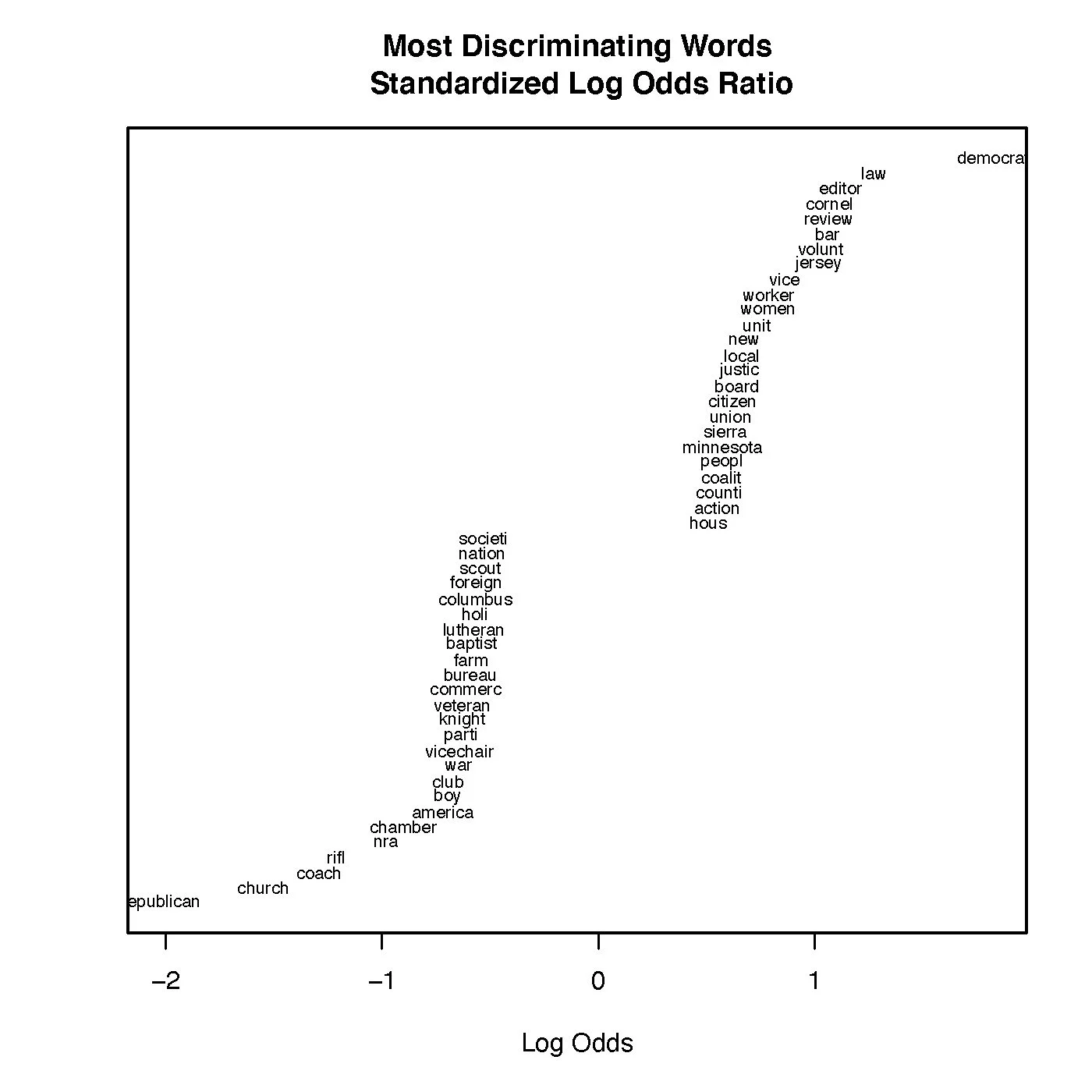Legislative Institutions and Party Coalitions




The Nationalization of Congressional Politics: Reshaping What Voters Expect and Get from Representatives (2024)
This book examines the consequences of nationalization for members of Congress and the voters they represent. Constituents have come to evaluate their elected representatives on the basis of their national policy records. Although the public expects the government to tackle important problems, many of the most engaged voters are also the most uncompromising—a fact that carries important legislative implications. During campaigns, candidates reflect these expectations back to voters by emphasizing broad policy issues that are largely divorced from local conditions. Meanwhile, officeholders carefully navigate the legislative process to avoid provoking national policy activists in and outside the district. Taken together, the book's study of mass opinion and elite behavior shows how the nationalization of U.S. politics creates a legislative conundrum for Congress. The impulse to focus on national policy and a refusal to compromise one's "values" are often incompatible goals, resulting in legislative gridlock with little hope for relief.
Card-Carrying Members on the Ballot: Group Affiliations and Their Electoral Implications (2025), with Stephen Goggin
How members of Congress align with and promote the interests of their coalitional allies is a concern for academics and the public alike. To understand the relationship between interest groups and officeholders, we must examine group ties prior to a candidate’s electoral victory. From there, we can begin to evaluate the partisan dynamics and electoral implications of candidate-group alignments. How do Democrats and Republicans differ in terms of group affiliation? Moreover, what are the consequences of these affiliations for a candidate’s performance at the ballot box? To answer these questions, we turn to a novel dataset on the recorded professional and civic group affiliations of all US congressional candidates from 2008–2014. This dataset, built on Vote Smart data, allows us to comprehensively assess the role of these group affiliations in recent elections. To complement these observational data, we conducted a survey experiment to test whether specific group affiliations influence officeholder evaluations. Ultimately, we find that few partisan groups exert any significant effect on evaluations. We find some evidence that non-partisan groups with positive reputations can mitigate outgroup hostility among opposing partisans.
Presidential Nominations, Factional Conflict, and Prospects for Democratic Party Reform (2020)
In this book chapter, I combine archival evidence with original survey data to explain why partisan activists came out of the election poised to revise their nominating practices, but were unlikely, nonetheless, to enact any major reform. In studying previous episodes of electoral upheaval in 1968 and 1980, I specify the institutional and coalitional conditions that determine the prospects for significant party reform. To create lasting change, pro-reform factions must be institutionally positioned to enact their reforms and must represent cross-cutting interests within the party. After the 2016 elections, progressive activists agitated for a further democratization of the party's rules. Despite winning some concessions at the 2018 convention, the pro-reform movement was unable to significantly disrupt the party's well-entrenched nominating system.
Mechanizing the Waterfront: Labor Solidarity and the Postwar Automation of the Docks (2024)
The paper traces the strategic missteps made by the International Longshoremen's and Warehousemen's Union (ILWU) as they sought to navigate a changing economy and a deteriorating political climate. In 1961, the ILWU negotiated a historic agreement that traded much of its control over work rules for greater compensation and promises of job security. Rather than heralding the start to a new era of abundance, the contracts produced deep tensions within the union between the leadership and the younger and more diverse rank-and-file. Ultimately, the contracts put the union on a path towards the longest dock strike in U.S. history. As the strike wore on, the ILWU found their allies in the labor movement and Congress either absent or outright hostile to the union's standoff with the Nixon Administration. The case study offers a unique view of how interest group and party alliances are tested during periods of economic turmoil, especially for captured groups like labor.
A Crowded Agenda: Labor Reform and Coalition Politics during the Great Society (2015)
For much of the postwar era, conservative forces blocked progressive labor policy from reaching a floor vote. With huge Democratic majorities in Congress, the 1960s represented a rare opportunity for unions to substantively alter industrial relations policy. Organized labor, however, made few gains during this prolific era. Despite labor's central position within the governing coalition, Democrats repeatedly failed to pass its most important legislative ambition, the repeal of Taft-Hartley's right-to-work clause. By analyzing the Democrats' legislative priorities during the Great Society, I show how coalitional politics structured the party's policy agenda, and how this ordering affected legislation in turn. With the infusion of new coalitional demands, party elites strategically placed labor's controversial issue at the end of a long legislative agenda, effectively eliminating any chance for passage. Rather than locating all blame with the usual suspects, this rarely studied episode suggests that President Johnson and his leaders in Congress played a central role in the bill's failure. The study provides new insight into the process, and consequences, by which party leaders decide whose issues to prioritize when setting the agenda.
Shaping the Agenda: A Text Analysis Approach to Studying Group Preferences, with James McVey.
This project studies how groups shape legislative priorities by first identifying what these actors want from government. Instead of relying on traditional measures of group interest, we employ a text analysis approach to examine how different policy organizations formulate their prescriptions for officeholders. The study's corpus consists of all testimonies from the last fifteen years given by the Brookings Institution and the Heritage Foundation. Using these documents, we analyze the common themes and policy ideas put forward by two of the most influential think tanks in Washington D.C. By exploiting changes in partisan control, we also explore how group demands receive different levels of support during favorable and unfavorable political contexts.





